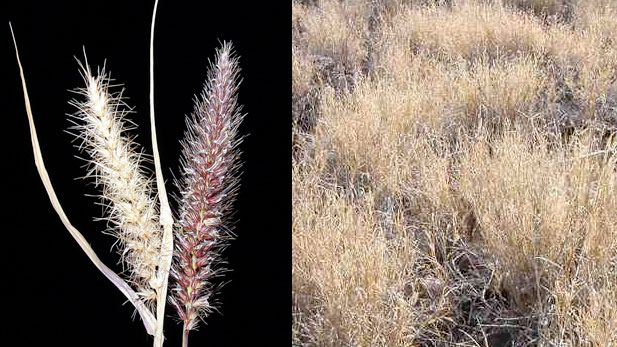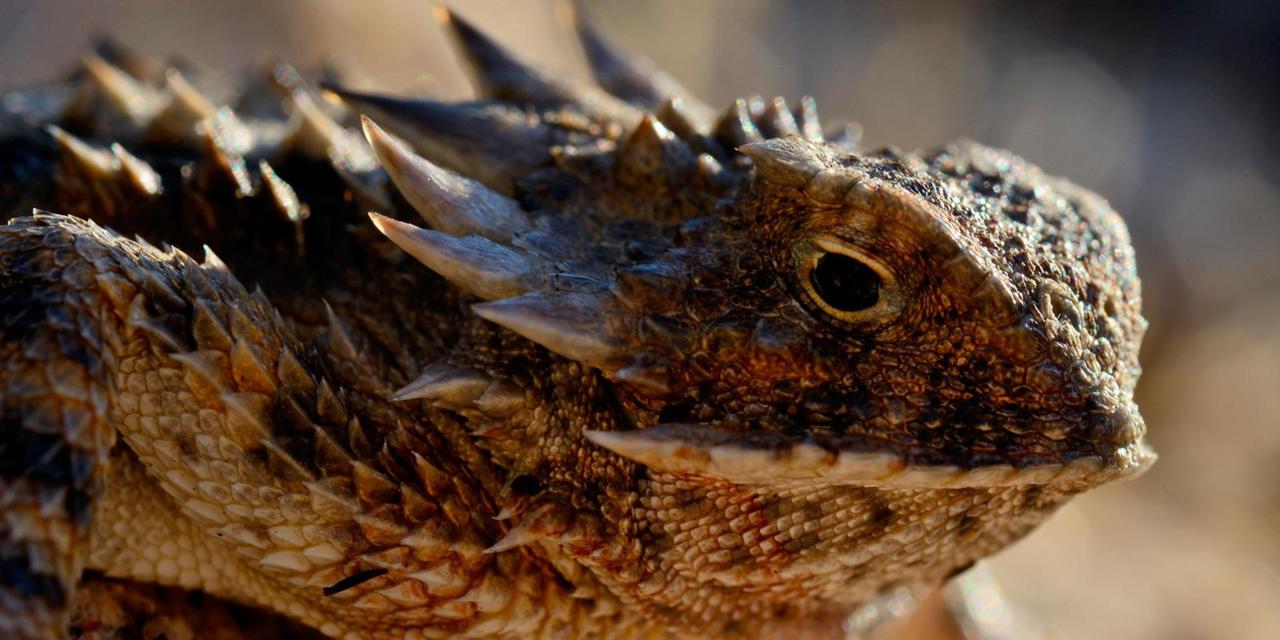FIRE
In an extraordinary accidental shooting, a Border Patrol agent started a wildfire near Sonoita last week by recreationally firing his service weapon. The blaze, aggravated by lower than average precipitation and high winds, scorched more than 60 square miles in the Coronado National Forest.
Gun fire is not different from any other type of fire. Fire has an indomitable urge to exist, but for that it needs fuel and the dried-out grasses in our neck of the woods are highly flammable indeed.
So:
– Do not light fires other than in designated areas
– Be careful if you take your vehicle off the road. A hot exhaust pipe is as good as any match.
– Discard cigarette butts in a container, rather than flipping them out the window.
– Do not fire guns anywhere except at a designated shooting range.
And even there, caution is warranted, because notwithstanding the continued efforts of Buffelgrass-pulling volunteers, this highly flammable invader is still everywhere. Pull it when you see it or join the program of the Arizona-Sonoran Desert Museum and its partners. Visit www.desertmuseum.org for sites and times.
For more about wildfire prevention and regular updates on ongoing wildfires, visit www.wildlandfire.az.gov.
Wildfires are becoming hotter, bigger and more frequent in the U.S and the world over. A very good back-ground article on that phenomenon and on wildfire research is “Into the Wildfire” by Paul Tullis and published in the New York Times Magazine of September 19, 2013. It is available online has not lost its currency to date.
WATER
While the fires are increasing, the water supply is dwindling on the other hand. Big agriculture is one of the primary culprits, but the textile industry is a big drinker too. It takes more than 250 gallons of water to make a single pair of jeans. Moreover, it also requires some pretty nasty chemicals. A lot of textile products come from developing countries, where there are often no facilities to properly dispose of the residuals. It is commonly flushed straight into the watershed. The environmental organization Greenpeace has obtained commitments from 79 textile manufacturers to decrease their use of toxic substances and water, and publishes an annual report on how they’re doing. Google: “Greenpeace Catwalk”.
There is water even where the measurable humidity is zero, such as in Mali in the middle of the Sahara Desert. Nevertheless, Dutch artist Ap Verheggen has found a way to squeeze half a glass of water from the desert air there using a solar-powered condensation device he calls “Desert Twins”. The experiment was supported by none other than Dutch Commander-in-Chief Tom Middendorp. His military interest in sustainability was the subject of the Weekly Green in December of 2016 called “Treehuggers“.
OLD TRICK
Getting water from condensation is not a new thing. The ancient Egyptians already built round wall around plants to capture the dew. In 2006, the Canadian non-profit Fogquest installed sails on the mountains above Lima, Peru to catch water from dew and fog. And in our own city, the ENR2 building on the UofA campus harvests more condensation water off the air conditioning system than rain water from the roof!
And you don’t need a fancy system to capture the condensation off your own airco. All you need to do is to put a bucket under the condensation pipe.
Come to think of it, capturing condensation dates from long before the old Egyptians learned the trick: the scales of the Horned Lizard are shaped to collect moisture from the air and direct it by capillary action to its mouth.
~o~o~0~0~
(Broadcast 4:33)
The Weekly Green airs on Monday 5:55 PM, Tuesday 4:55 AM, Wednesday 9:55 AM & 5:55 PM, Thursday 7:55 PM and Saturday 9:55 AM. First airing is usually at 10 am on Wednesday.
Please email inquiries, suggestions and comments to The [email protected] or post them on the Weekly Green Facebook page.




